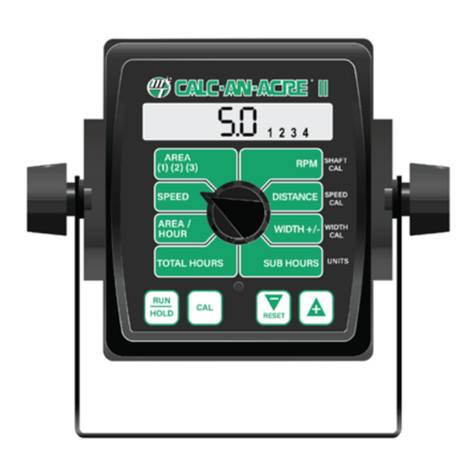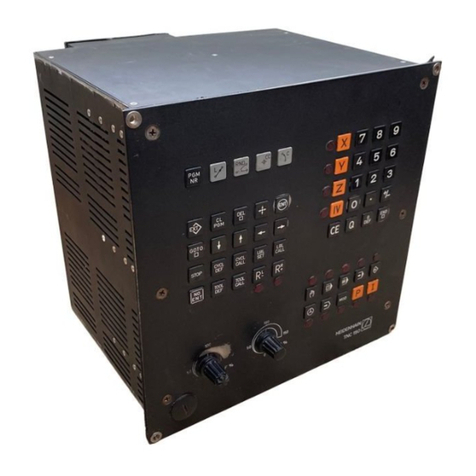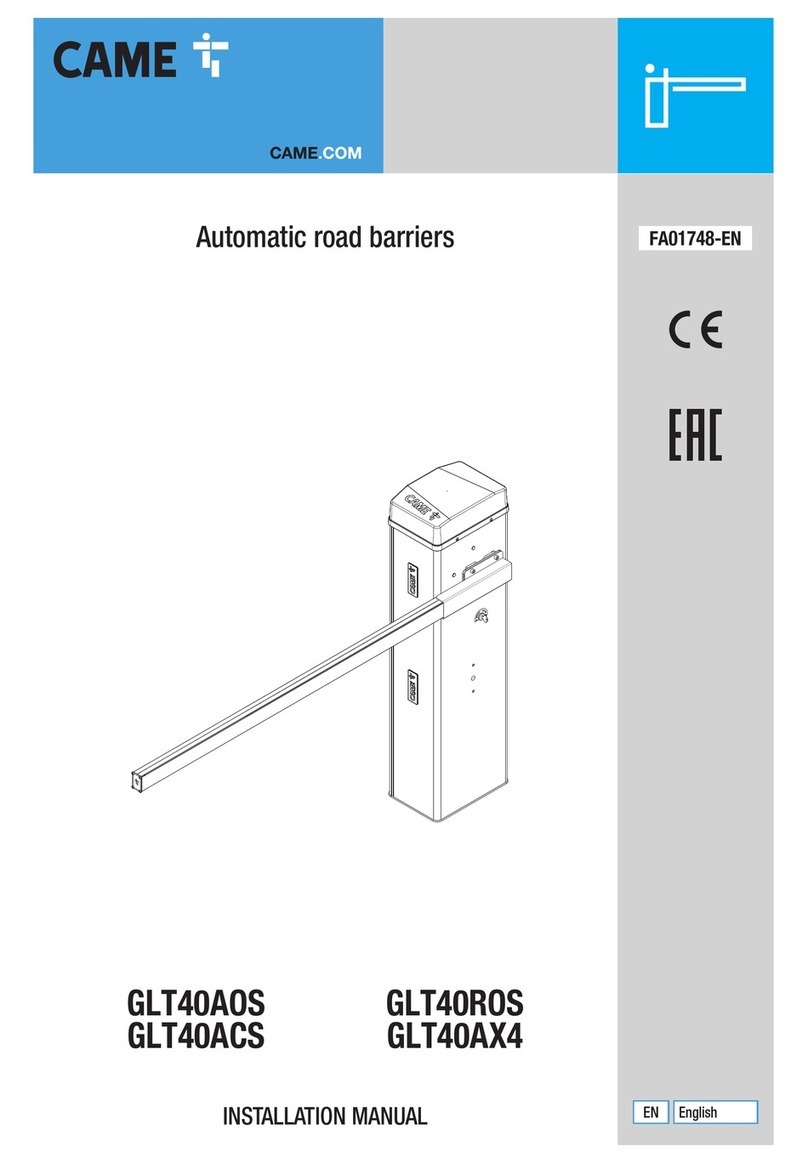
8
EN
1.4 Safety instructions - precautions for use
Caution: Installation and maintenance of this equipment must be carried out by a qualied person.
1.4.1. Use of the instructions
The pictograms in these instructions must be followed carefully. The main pictograms are identied below:
: indicates advice, a recommendation or an explanation.
: indicates that special attention should be paid.
: indicates that an electrical hazard exists if misused or the instructions are not followed.
This information must be taken into account when installing or using the product.
1.4.2. Safety - Electrical installation
The electrical installation of this equipment must comply with the rules laid down in the electrical standards
in force in the country where the product is used.
In order to ensure optimal operation of the GSM control box, choose an installation location for the GSM reception
antenna that offers good reception without major obstacles to the outside (reinforced concrete walls, metal screens,
metal shelves, etc.). No device with a strong electromagnetic field (radio equipment, electric motors,...) should be
located near the antenna connected to the GSM box. This should be on the outside of the box.
The GSM control box must be powered by a 230V mains supply with suitable protection.
For the application described in this manual, the 230V switching inputs (IN1/IN2/IN3) are not required.
The safety recommendations concerning these inputs are therefore given for informational purposes only.
The product has 3 switching relays with voltages ranging from 230V to 400V. It is possible to connect dierent phas-
es but it is not possible to connect three-phase receivers. The relays must be protected by an external protection
system. Due to the purely functional separation between the relays, mixed operation between mains voltage and
extra-low voltage is not permitted.
The 3 x 230V switching inputs are available for controlling the power supply to the secondary distribution and pe-
ripherals. These inputs share the same neutral conductor but remain galvanically separated from the supply input.
There are also 2 galvanically separated 32V switching inputs (IN4/IN5) (maximum voltage: 32V).
32V cables should not be installed near live 230V conductors.
With the default pre-wiring, the 32V switching input IN4 and relay OUT1 will be used.
When installing the product, ensure that the mains voltage is separated from all poles (e.g. dierential circuit breaker).
The product can only be switched on once it has been secured and the box closed.
Conductors in the same circuit should be tied together near the terminal block to prevent a reduction in insulation
should one of the terminals become loose. All terminals must be tted with end ttings.
1.4.3. Safety - Mechanical installation
This product is designed for domestic and industrial use and should be installed indoors, fixed to a wall in a safe and
stable location (no vibration, shock, humidity, high temperature variation). Access should be restricted to
authorised personnel.
This product is not waterproof and is not suitable for outdoor use.
1.4.4. Safety - Opening the product
The interior of this equipment has no user-serviceable parts: contact the BODET customer-assistance service if
this equipment needs to be repaired.
The product may only be opened for installation or maintenance by a qualied person:
Caution, risk of electric shock.
Ensure that all power sources are removed from the product before performing the installation or
maintenance operation.
All wiring operations must be carried out without power.



























